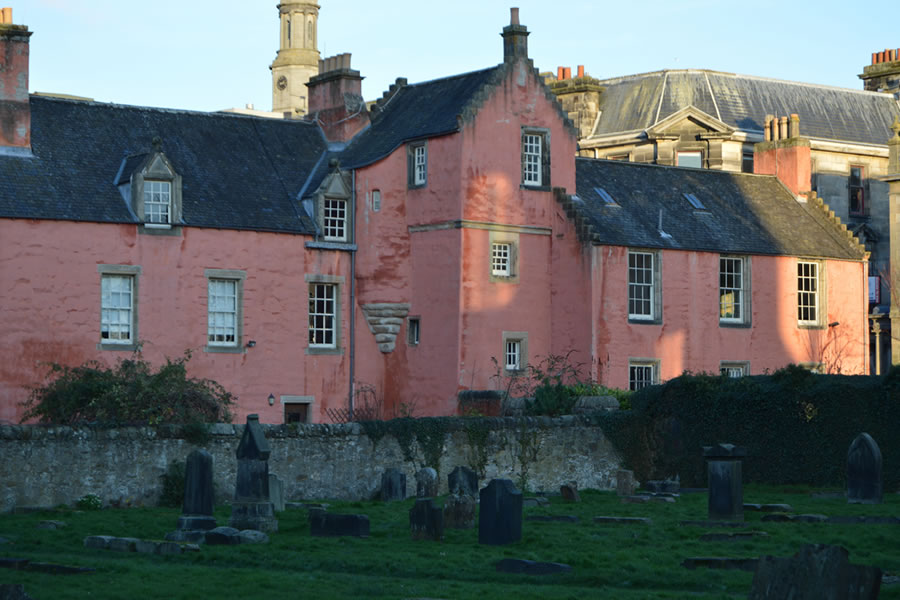Historic Places and Buildings
Historic Places and Buildings

Culross, Limekilns & Charlestown
A small harbour town in the Middle Ages, and home to a colony of Cistercian monks, Culross became a centre of salt panning and coal mining industries in the 16th and 17th centuries. The prosperity that these industries brought produced a legacy of outstanding buildings, including the Town House, Bishop Leighton’s House and Culross Palace, home to the Bruce family. Considered the best-preserved 17th and 18th century town in Scotland, Culross has attracted numerous film crews who are drawn to its picturesque location and steep cobbled streets. The historic core of Limekilns, Charlestown and Kincardine are all also designated conservation areas. The peaceful waterfront village of Limekilns was Dunfermline’s port in the Middle Ages, and later a centre of lime and salt production, while Charlestown was founded in the 18th century as a mining town.
Kincardine & Saline
Kincardine was also a prosperous port in the 17th and 18th centuries, and is home to a Category A listed bridge. Inland, the village of Saline, a centre of linen production in the 18th century, also contains a few fine examples of weaver’s cottages from that period. Outside of the historic towns and villages, West Fife is also home to a number of Category A listed country manor houses, such as Tulliallan, Blair, Pitfirrane, Dunimarle and Pitreavie Castles and Broomhall, Logie and Hill Houses.
Further Reading
• E. Patricia Dennison, E. P. Evolution of Scotland’s Towns: Creation, Growth and Fragmentation (Edinburgh: University Press, 2018)
• Donald Omand, (ed) The Fife book (Edinburgh: Birlinn), chapters 12&17
5 ways to improve your wellbeing through heritage
Connect at Saline & District Heritage Society
The society has its own musuem, hosts regular talks at Saline Church Hall, and explores the heritage of the area with local historians and archeologists. More information on their website.
Keep Learning at Grow West Fife community garden
Regular gardening activties and cooking sessions take place at this community garden near Culross. There is a wide range of volunteer activities to get involved within the walled garden. More information.
Be Active at Valleyfield Estate
The Valleyfield Heritage Group and the West Fife Woodland’s Group have a variety of ongoing projects including path restoration and tree pruning. To find out more visit the Facebook page.
Take Notice at Torry Bay
Torry Bay has international status for wading and wintering birds who inhabit the artificial lagoons which are built from ash from the former Longannet Power Station. It’s an ideal place to see what birdlife you can spot. More information on a short, easy walk here.

Give your time to help enhance Pittencrieff Park
The Friends of Pittencrieff Park is an active group that meet weekly in Pittencrieff Park. They assist with the upkeep of the park and have a programme of activities. More information.
